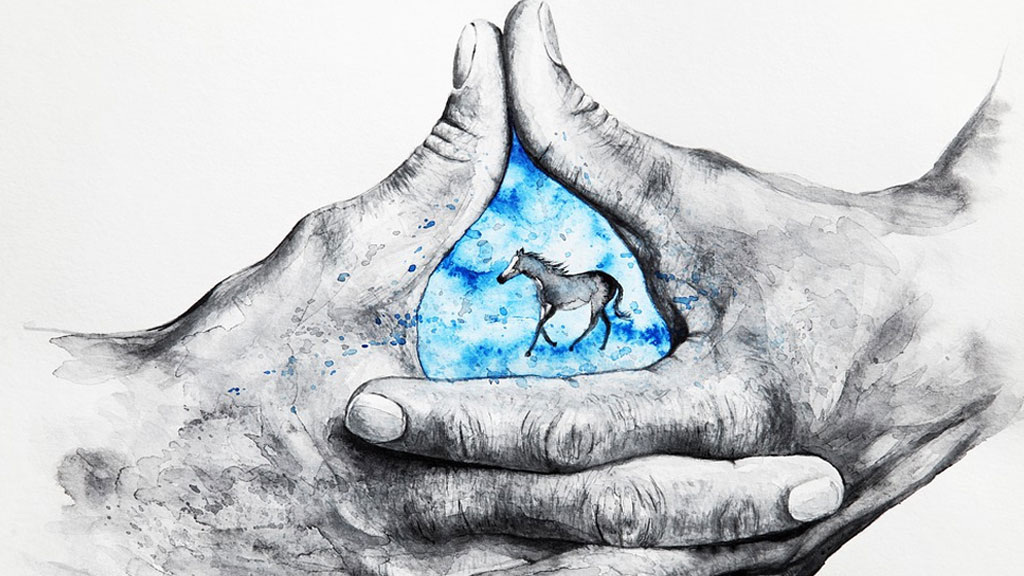Introduction: Fine arts is a realm of boundless imagination and creative expression where artists give life to their thoughts, emotions, and ideas through various mediums. If you’re passionate about visual arts, painting, sculpture, or any other form of creative expression, a fine arts course may be the key to turning your passion into a fulfilling and artistic career. In this blog, we will embark on a journey to explore the captivating world of fine arts courses, their significance, what you can expect to learn, and how to begin your path to becoming a skilled fine artist.
1. The World of Fine Arts
- Unleashing Creativity: Understand that fine arts is a form of creative expression, where you have the freedom to express your thoughts and emotions.
- Historical Significance: Recognize the rich history and cultural importance of fine arts as a medium for communication and preservation of human experiences.
2. Choosing the Right Fine Arts Course
- Diverse Mediums and Techniques: Explore the various fine arts programs available, from painting and sculpture to printmaking and digital arts.
- Accreditation and Recognition: Select a course offered by an accredited institution or organization to ensure your credentials are widely recognized in the art world.
3. Core Components of Fine Arts Courses
- Art History and Theory: Delve into the history and theories of art to gain a deeper understanding of artistic movements and concepts.
- Mastering Mediums: Develop skills in your chosen medium, whether it’s oil painting, watercolor, sculpture, or digital art.
- Techniques and Styles: Learn various techniques and styles to create your unique artistic language.
- Critique and Feedback: Embrace constructive critique and feedback from peers and instructors to hone your skills.
4. Practical Experience and Exhibitions
- Hands-On Learning: Many fine arts courses offer opportunities to exhibit your work and collaborate with fellow artists.
- Building a Portfolio: Create a portfolio showcasing your work, which is a vital tool for showcasing your talent to galleries, clients, or potential employers.
5. Navigating the Art World
- Art Markets and Galleries: Understand the dynamics of art markets, galleries, and the process of promoting and selling artwork.
- Professional Networking: Connect with fellow artists, art collectors, and gallery owners to build valuable connections within the art world.
6. Staying Up-to-Date with Art Trends
- Continuous Learning: Stay current with contemporary art trends, new technologies, and the evolving art landscape by committing to ongoing education.
- Innovations in Fine Arts: Keep an eye on emerging technologies, materials, and techniques that are shaping the future of fine arts.
7. Ethical and Professional Conduct
- Originality and Plagiarism: Understand the importance of originality and respecting the work of other artists.
- Professionalism: Develop the professionalism required to thrive in the art world, including meeting deadlines, honoring contracts, and managing your art business.
8. The Future of Fine Arts
- Diverse Art Forms: Embrace the diversity of fine arts, from traditional to digital, and their ever-evolving boundaries.
- Socio-Political Impact: Explore how fine arts can serve as a medium for social and political commentary and change.
Conclusion: Fine arts is not just a career; it’s a lifelong journey of creative exploration and self-discovery. Enrolling in a fine arts course is your first step toward transforming your artistic vision into a thriving profession. Whether you aspire to exhibit your work in galleries, create public art, or express yourself through digital mediums, the world of fine arts offers endless opportunities. As you embark on your artistic journey, remember that your creations are your voice, a reflection of your unique perspective, and a contribution to the cultural tapestry of humanity. Your future as a fine artist is a canvas waiting to be adorned with your imagination, emotions, and the transformative power of art.

